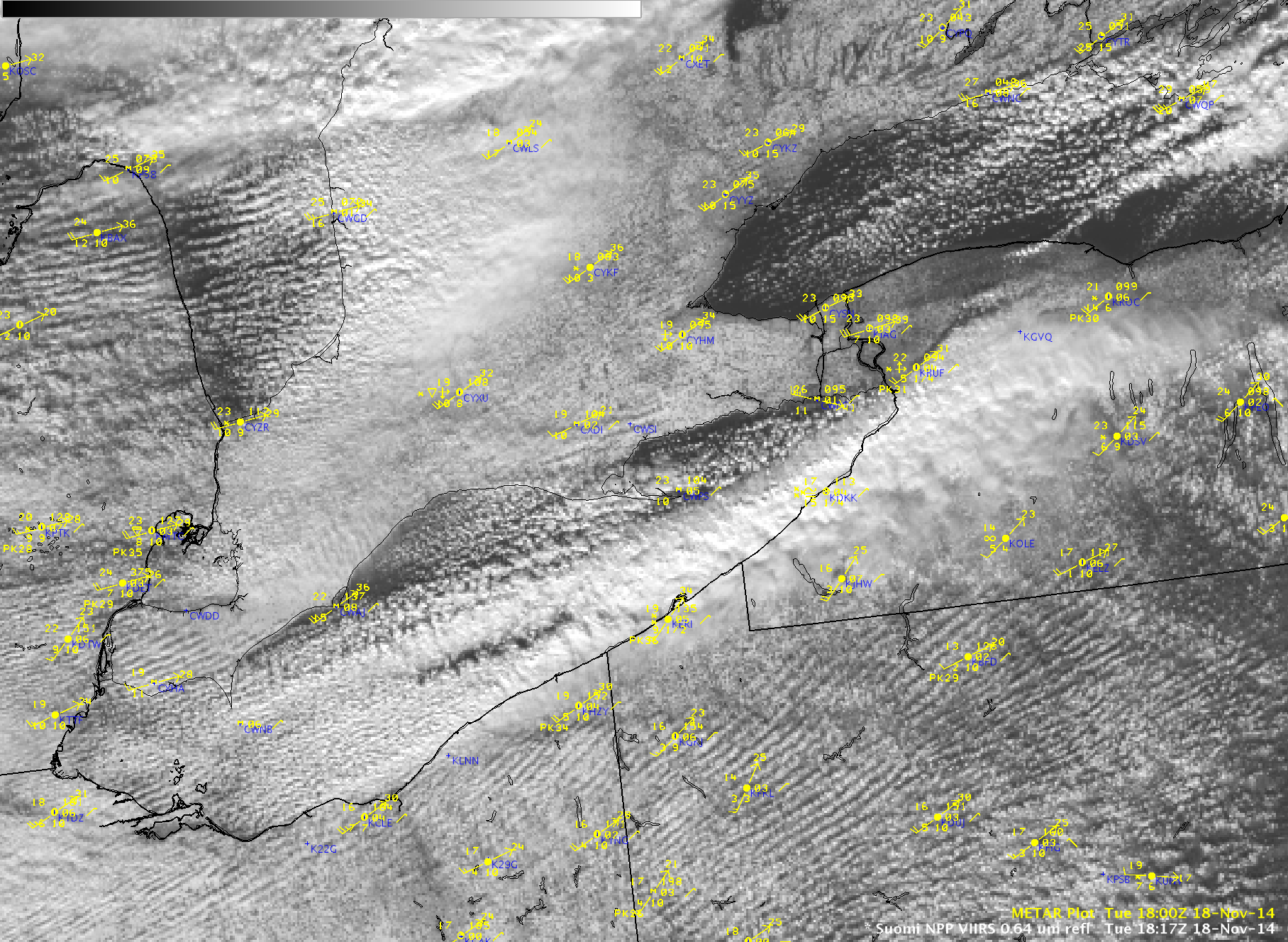
[ Archive ]

 |
ASPB and CIMSS Weekly Report
[ Archive ] |
 |
IN THE PRESS:
ITEMS FOR THE ADMINISTRATOR:
ITEMS FOR THE ASSISTANT ADMINISTRATOR:
ITEMS FOR THE OFFICE DIRECTOR, STAR:
Pavolonis Wins David Johnson Award for 2014: Michael Pavolonis will receive the prestigious NOAA David S. Johnson Award, which recognizes young scientists for their innovative use of environmental satellite data. He will receive the award March 13, 2015, at the 58th Annual Goddard Memorial Dinner in Washington, D.C. The NOAA-Johnson Award is named after the first assistant administrator of NOAA’s Satellite and Information Service and honors professional scientists, who create new uses for observational satellite data to better predict atmospheric, oceanic and terrestrial conditions. Dr. Pavolonis is being honored for developing cutting-edge methods to convert satellite data into actionable information for mitigating hazards caused by volcanic eruptions and severe convection. These new remote sensing techniques improve the timeliness and accuracy of volcanic ash cloud advisories and severe weather warnings. (J. Key, E/RA2, 608-263-2605, jkey@ssec.wisc.edu; S. Witman, SSEC; J. Phillips, SSEC)
Meeting with JAXA on AMSR2 Products: STAR scientists Paul Chang, Ralph Ferraro, Jerry Zhang, and Jeff Key met with the Japan Aerospace Exploration Agency (JAXA), in Tokyo, Japan, November 20-21, 2014. The purpose of the meeting was to exchange information on level-1 and level-2 products generated with data from the GCOM-W1 Advanced Microwave Scanning Radiometer 2 (AMSR2). Both NOAA and JAXA have their own operational, or soon-to-be-operational, AMSR2 products. Scientists from each agency described their algorithm approaches, validation, and examples on how the products will be utilized. The utilization examples will be helpful for JAXA in making the case for the follow-on mission. This sharing of information/collaboration is part of the NOAA-JAXA memorandum of understanding for GCOM. (J. Key, E/RA2, 608-263-2605, jkey@ssec.wisc.edu)
ITEMS FOR THE DIVISION CHIEF, CoRP:
CIMSS VISIT Activities: The Virtual Institute for Satellite Integration Training (VISIT) lesson "Visible Infrared Imaging Radiometer Suite (VIIRS) Satellite Imagery in Advanced Weather Information Processing System (AWIPS)" (http://rammb.cira.colostate.edu/training/visit/training_sessions/viirs_satellite_imagery_in_awips/) was led by S. Lindstrom on November 20, 2014; staff from the NOAA Weather Prediction Center participated in the distance learning session. A major lake effect snow event downwind of Lake Erie and Lake Ontario was the topic of a VISIT Satellite Chat (http://rammb.cira.colostate.edu/training/visit/satellite_chat/20141119/) and a post on the Cooperative Institute for Meteorological Satellite Studies (CIMSS) Satellite Blog (http://cimss.ssec.wisc.edu/goes/blog/archives/17196). (S. Lindstrom, CIMSS, 608-263-4425, S. Bachmeier, CIMSS, 608-263-3958)
 (Click image to enlarge)
(Click image to enlarge)VISITORS:
NEXT WEEK:
LOOKING AHEAD:
| Archived Weeklies Page | Submit a report item |